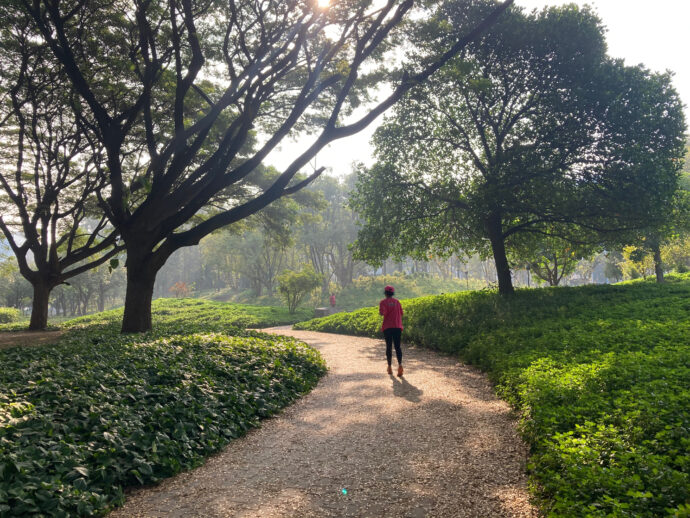indian cities: a paradox of plenty – why urban life in india remains broken despite progress

Indian cities stand at the crossroads of unprecedented economic growth and deep-rooted urban dysfunction. As the world’s fifth-largest economy, the nation boasts rapid urbanisation, technological advancements, and rising global influence. Yet, a walk through any Indian city presents a stark contrast—urban flooding, road accidents, crumbling public spaces, and an alarming decline in quality of life.
Is this paradox the inevitable consequence of climate change and rapid population growth, or is it symptomatic of a larger failure of urban planning and governance? Is it a matter of insufficient funds, or have we simply normalised dysfunction to the point that we no longer recognise what we have lost?
With decades of experience engaging with city governance, urban planning, academia, and civil society, I still find no clear answers. I do know that Indian cities have everything they need to function as vibrant, equitable, and sustainable ecosystems. The missing ingredient is not money, but the collective will to reimagine how our cities are built, governed, and experienced.
This is not just a technical inquiry—it is an intellectual, behavioural, and philosophical exploration of city life. This series seeks to spark a broader conversation, inviting everyone—citizens, professionals, and policymakers—to question the reality we have accepted and imagine the cities we deserve.
The Utopia That Should Have Been in Indian Cities
Is it utopian to expect footpaths that are continuous, shaded, and walkable? Should safe, affordable, and reliable public transport be considered a luxury or a fundamental right? Is it too much to hope for clean air, clean water, and public spaces where children can play without fear?
The answers should be obvious—these are not aspirational goals, but the bare minimum for any city that values human dignity. Yet, in most Indian cities, these basic rights remain unfulfilled. Even when the judiciary has affirmed access to footpaths and clean air as fundamental rights, the collective awareness of these rights is dismally low. Why have we become so accustomed to scarcity and dysfunction that we no longer demand what should be ours by default?

The Persistent Crisis of Urban Systems in Indian Cities
Over the years, successive governments have launched ambitious urban renewal schemes—from JNNURM to Smart Cities Mission—backed by massive funding, expert consultations, and technological interventions. Yet, the ground reality remains largely unchanged. Why?
Cities like Mumbai, Ahmedabad, Bhubaneswar, and Pune—places I have called home—exemplify the paradox. Despite their economic vibrancy, they continue to grapple with the same issues of solid waste management, public hygiene, air pollution, and crumbling infrastructure.
Access to quality education and healthcare—cornerstones of urban life—remains out of reach for many. Parents either endure exhausting commutes to access decent schools or shell out exorbitant fees for pre-primary education. Public hospitals are overcrowded and under-resourced, while private facilities charge astronomical amounts for basic treatments. The most affluent cities struggle to provide even the simplest amenities—clean public toilets, reliable water supply, or functional public transport.
How did we get here? Is this the failure of urban planning, or are we missing something deeper—a lack of empathy, collective responsibility, and the ability to envision cities that serve everyone?
Through this series, I hope to spark dialogue on how cities can move beyond incremental fixes towards more empathetic, inclusive, and responsive urban environments. It’s time to challenge what we’ve normalized—and to start imagining what Indian cities could be if we truly believed we deserved better.
This article is the first in a series exploring the paradoxes of Indian urban planning and seeking possible solutions.

3 thoughts on “Indian Cities: A Paradox of Plenty – Why Urban Life in India Remains Broken Despite Progress”